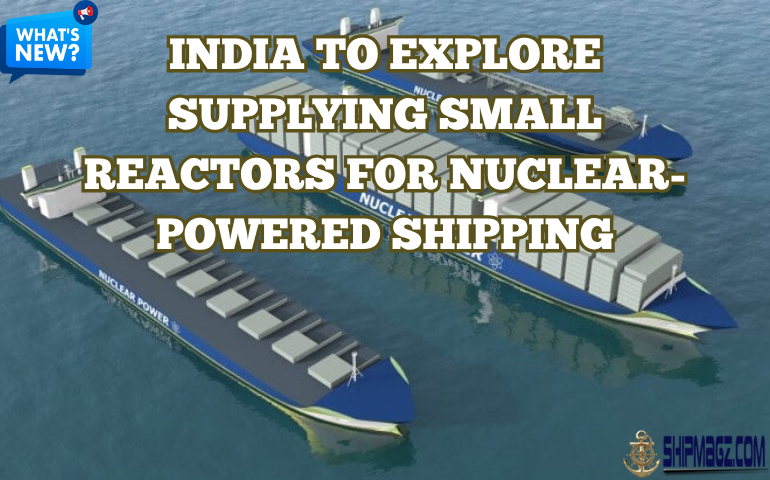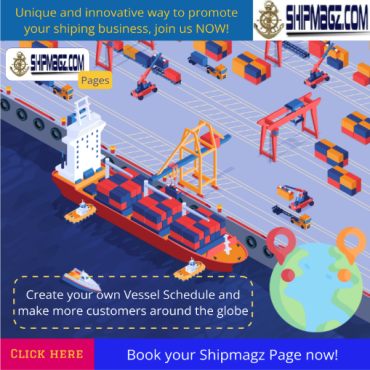India to Explore Supplying Small Reactors for Nuclear-Powered Shipping

Background and Current SMR Program
In recent years, India has significantly ramped up investment in its nuclear energy sector. The Bhabha Atomic Research Centre (BARC) is developing two SMR designs of 55 MWe and 200 MWe capacities, branded as Bharat Small Modular Reactor (BSMR). Initially, these are meant for use in remote, off-grid sites and energy intensive industries (like cement and steel).
Extension to Shipping Sector
According to local Indian media, the government is now looking to extend deployment of these SMRs into the commercial shipping sector. This would represent a notable shift: from land-based captive power applications to maritime propulsion or power onboard merchant vessels. The idea is that nuclear-powered ships could help the maritime industry reduce greenhouse-gas emissions and improve endurance (time at sea without refuelling), aligning with decarbonisation goals.
India’s Naval Experience and Private Sector Opening
India already has naval nuclear propulsion experience: the submarine class Arihant‑class uses an 83 MWe reactor. The shift to SMRs for civil/maritime use would leverage that expertise. Moreover, India is working to amend nuclear energy laws to allow greater private sector participation and to build domestic capacity for SMRs and advanced modular reactors (AMRs).
Challenges and Opportunities
- Opportunities:
- Decarbonisation of shipping via a low-carbon/maybe zero-carbon source of power aboard vessels.
- Domestic industrial and export opportunity for India’s nuclear-tech sector.
- Challenges:
- Regulatory, safety and security considerations of nuclear power at sea (crew training, port access, liability, nuclear fuel supply, waste, maritime regulations).
- The maritime sector and international regulation (via organisations such as International Maritime Organization (IMO) and International Atomic Energy Agency (IAEA)) will need frameworks specific to nuclear-powered merchant ships. For example, IMO’s marine safety committee has already endorsed revisions to include technologies like SMRs.
- Economic viability relative to other decarbonisation pathways (e.g., ammonia, hydrogen, battery, wind-assist).
- International acceptance and port state control issues for nuclear-powered commercial vessels.
Outlook
If India moves ahead, this could position it among the earlier adopters of SMRs for maritime use. It may also catalyse a broader maritime shift toward nuclear-powered commercial shipping, especially as emission regulations tighten. Industry observers note that nuclear marine propulsion, though historically mostly military (submarines, ice-breakers), is being reconsidered for commercial use.










